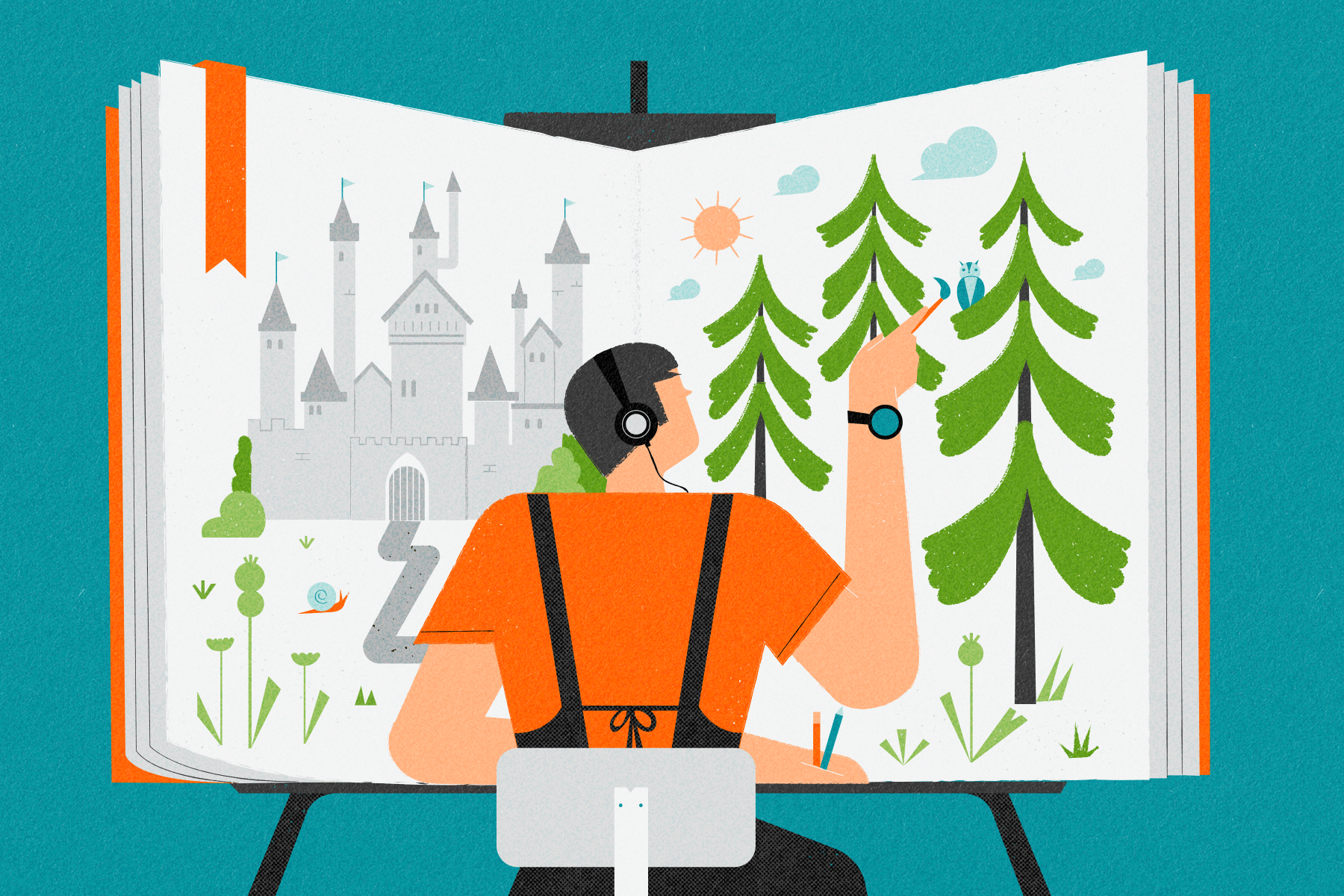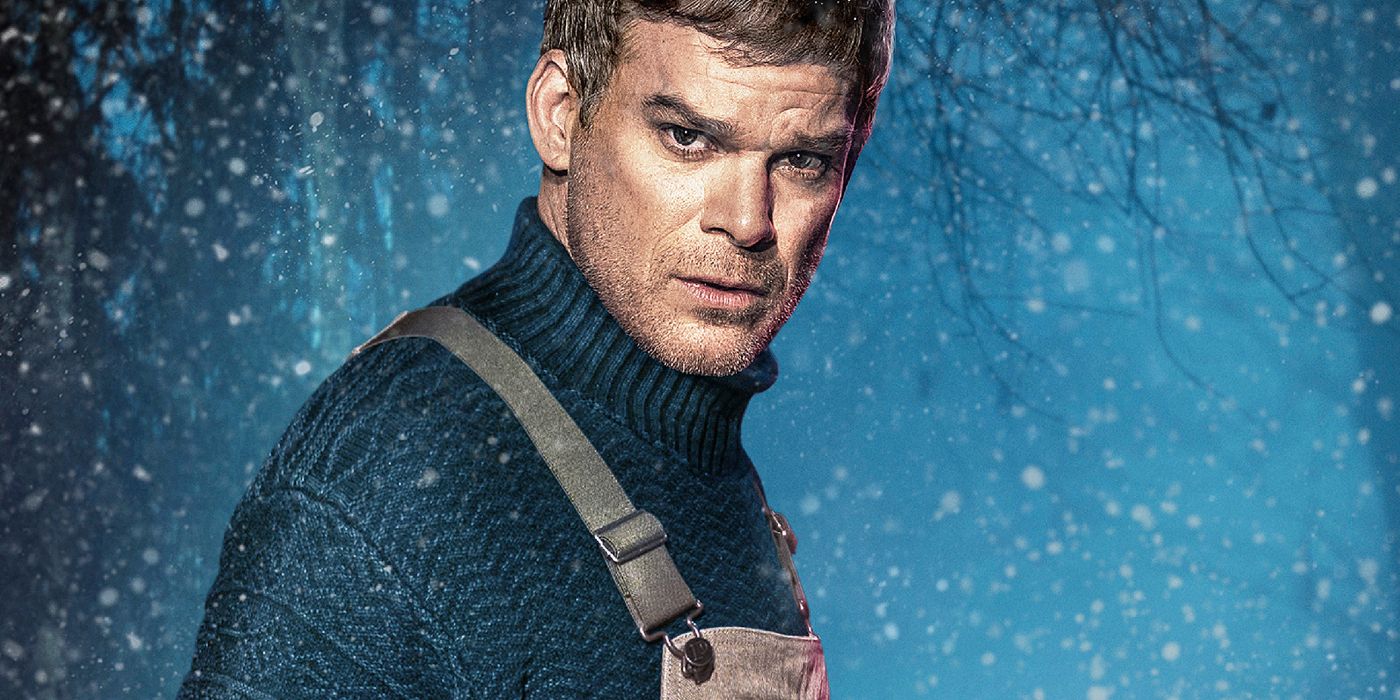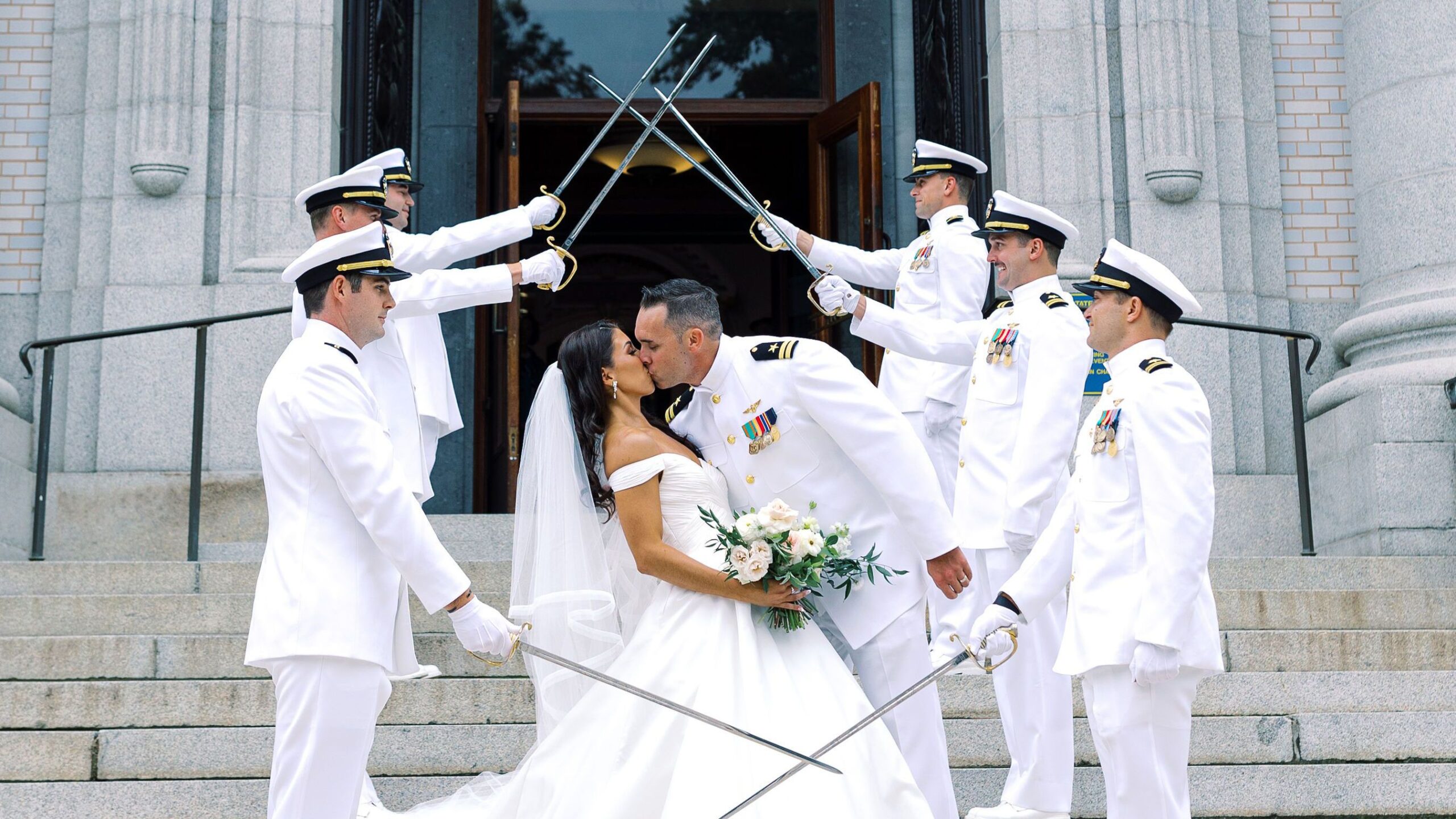Isn’t it true that children’s books have a magical quality? Children’s literature, created for a pure and naive audience willing to believe almost anything, may transport us to other locations, introduce us to adorable talking dogs, or take us on unbelievable adventures.
Children’s literature includes numerous publications for young readers, including picture books, storybooks, younger audiences, and chapter novels. The primary goal of representation is to convey a message to readers or viewers. Some images are breathtaking, but their purpose is to expand on and explain the understanding of the message. Illustrations are used in children’s books to help youngsters learn how to read. Illustrations have the power to transform a basic tale into something thrilling and captivating.
Some Ways to illustrate The Children’s Book Efficiently
Illustrating a children’s book, whether one’s own or someone else’s, is a satisfying endeavour, but where does one begin? Working with trim sizes, cooperating with writers, keeping to rigorous requirements, and more appear to make this procedure a universe unto itself. What if it is told that drawing a children’s book doesn’t have to be tough or stressful? And that the procedure may be simple and one will remember for the remainder of the life? Let’s learn some ways one can illustrate the children’s book.
- Find Ideas for The Topic:
Gathering inspiration is essential in every creative effort, yet many people struggle to recognise where to begin. While some people are easily overwhelmed by inspiration, others feel agitated while waiting for anything to ignite their tale idea. Begin by immersing yourself in the realm of children, whether watching their favourite TV shows, reading through a children’s magazine, or scanning the toy department to see what’s hot right now.
- Specify The Illustration Style:
Sure, pictures may entertain the kids as they read a book, but they are a lot more. There are many children’s book illustration services types, including comic books, airbrushes, crayon illustrations, traditional storybooks, pictures, vector art, portrait, and watercolour. So, try to focus on one or two varieties to get expertise in this sector.
- Consider The Audience:
The initial rough drawing is the most difficult since there are so many details to consider: the arrangement, the setting and locating, the characters’ poses and expressions, and the objects. I prefer to start by considering the protagonists’ surroundings, in addition to any other secondary characters – in this example, all the woodland critters. Consider the audience as well. The audience is crucial since they will determine the readability and revenue of the work.
- Introduce Characters Who Are Childlike:
If anyone thinks back to their favourite childhood books, they will probably remember the characters first. What made them unique? A good persona must, first and foremost, elicit a reaction from the audience. The illustrator is responsible for capturing the spark, the energy that captures everyone’s attention. It’s worth noting that now the protagonist in children’s literature is usually always a child or a childlike figure because of real-life youngsters like seeing individuals their age solve their difficulties. Practice sketching the character in various positions and activities, as it is needed to portray them doing various items throughout the tale! Make sure to include an inclusive and diverse cast of characters! All this includes not just different skin tones but also different degrees of ability and distinct families.
- Set Up the Finished Artwork and Text:
Once the artwork has been accepted, one must blend it with the text. If someone works with a publisher, they can employ a book designer who might integrate the text with the images. Every writer is also free and will benefit if they approach any illustration services to finish the work perfectly.
- Children Should Be Shown the Illustrations:
One frequently considers having other adults criticise our work. However, when the intended audience is youngsters, one proposes going directly to the source once there is work from the illustrator and attempting to show it to as many youngsters in the target audience’s age range as possible to get their feedback. Ask the following questions to them:
- What emotions does the drawing evoke?
- Is there anything that upsets one about it?
- Does one appreciate the colours and patterns that have been used?
- Does one believe this character is delighted, sad, enthusiastic, furious, or anything else?
- What does one find appealing about this drawing?
Conclusion
Several processes are required to illustrate a children’s book for it to be a success once it hits the stores. Creating an eye-catching cover, expressing what the book is all about, and attracting the target audience rely on the book’s visual elements. Therefore one must work with a reputable and skilled illustrator. By following the steps indicated above, drawing a children’s book – or collaborating with an illustrator – will be much smoother. Remember that a great team is a distinction between success and failure, so utilise this partnership to bring love for children’s books to life.














